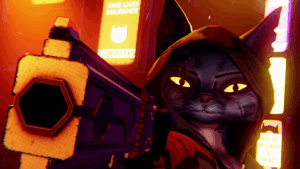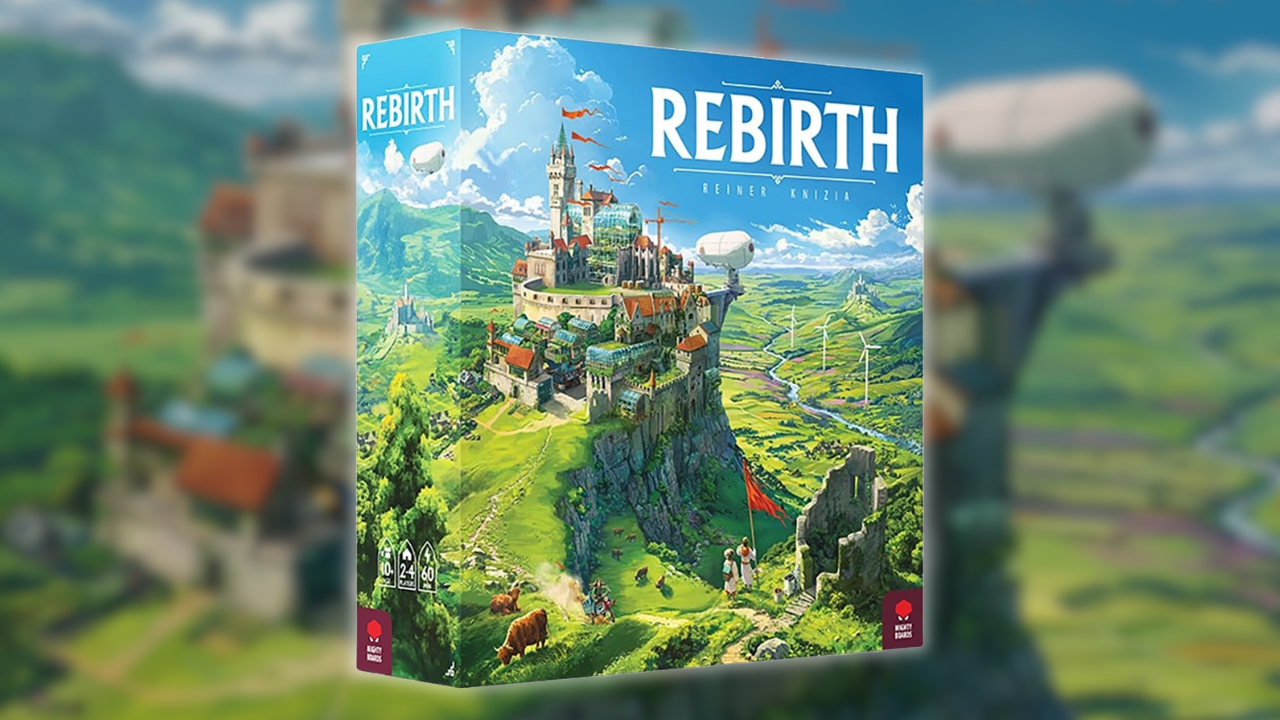Discover What’s Inside the Box
Rebirth is a tile-laying game that comes packed with a substantial assortment of components. Inside the box, you’ll find 144 tiles divided among four different player colors, ready to be punched out and played. While the quantity is impressive, some players might find the small, delicate counters somewhat disappointing—they are slightly flimsy and can be easily lost or worn out with frequent handling. Each player also receives a compact clan board to store spare counters, a scoring marker, and a playful balloon token that flips over once you reach 100 points, adding a fun visual cue to your progress.
Beyond these basics, the game components elevate significantly in quality. The game board is double-sided, featuring a lush, detailed map of Scotland on one side and Ireland on the other. The artwork beautifully depicts the theme of rebirth—rebuilding civilization in harmony with nature after an apocalypse. Although the mechanics don’t explicitly mirror this theme, the presentation immerses players in the game’s narrative of renewal and growth.
The decks of cards included are styled consistently with the overall aesthetic, although they lack artwork, they are clear and easy to read. A standout feature is the set of 3D castle and cathedral pieces, intricately crafted to resemble Celtic architecture. These sculptures are made from RE-Wood, a revolutionary recycled wood composite that offers detailed textures while remaining eco-friendly and recyclable. Their tactile quality and visual appeal enhance the game’s immersion, and they add an extra layer of craftsmanship that’s rare in modern board games.
Gameplay Mechanics and How to Play
Rebirth actually combines two related gameplay experiences within a single box. The base game is set on the Scotland map, offering straightforward rules suited for quick, accessible play. In this version, players take turns drawing tiles from their supply. Tiles featuring food or energy symbols can be placed on matching hexes to score points based on the size of contiguous groups. Tiles with one or more house symbols are placed in towns—special areas that are scored only when fully completed, rewarding strategic expansion.
Many hexes are adjacent to castles or cathedrals, which introduce additional strategic layers. When placing a tile next to these structures, players can assign their RE-Wood castle or cathedral pieces to claim control. Castles are worth five points each at the game’s end, but there’s a catch: if an opponent can connect more adjacent hexes to a castle you control, they can remove your piece and replace it with theirs. Cathedrals, on the other hand, can be shared among multiple players, and placing one allows you to draw a mission card, which can be fulfilled for extra points.
Despite the simplicity of the rules, the game quickly reveals a rich web of competing priorities. You must decide whether to focus on capturing castles, completing missions, extending tile runs for maximum points, or blocking opponents. These decisions create a dynamic and engaging experience from the very first turn, with no clear-cut answers—making experience and intuition crucial for success.
Strategic Depth and Player Interaction
Rebirth’s elegant design allows for multiple layers of strategy to emerge as players vie for control and points. The game’s rules encourage players to weigh immediate gains against long-term objectives, such as defending castles or completing missions for bigger rewards. Timing is essential—early decisions can influence the whole game, especially when it comes to claiming valuable structures or blocking opponents’ progress.
The randomness of tile draws ensures that each game feels fresh and unpredictable, preventing repetition from becoming dull. The game scales well with different player counts, with three players often considered the optimal experience. While it remains enjoyable with two, adding more players introduces more interaction and tension, making the game even more lively.
One limitation of the base game is that once players become familiar with the Scotland map, the gameplay can feel somewhat lightweight. This is where the second side of the board, Ireland, comes into play, offering increased complexity and strategic options. The Ireland map features a larger town, more unmarked hexes for versatile placement, and new elements like towers instead of cathedrals. These towers grant bonuses or extra turns based on random effects, and the mission cards are replaced with eight public objectives that reward quick completion.
Expanding the Experience with Ireland
The Ireland map introduces a new set of challenges and opportunities. The rules for castles and placement remain similar, but the larger layout and additional features elevate the strategic depth. Players must now juggle eight public missions and six different tower effects, which significantly increase the decision-making complexity. Although not overly complicated, this expansion provides a fresh perspective and deeper gameplay that can be particularly rewarding for experienced players.
However, this added complexity can also shift the focus away from direct competition for board space, as players prioritize completing missions and leveraging tower effects. Over time, the Ireland side reveals a more contemplative and slower-paced experience—yet still one that remains engaging and satisfying for those willing to navigate its intricacies.
Where to Purchase
- Available at major online retailers
- Check local game stores for availability
- Look for special editions or resale options on secondary markets











